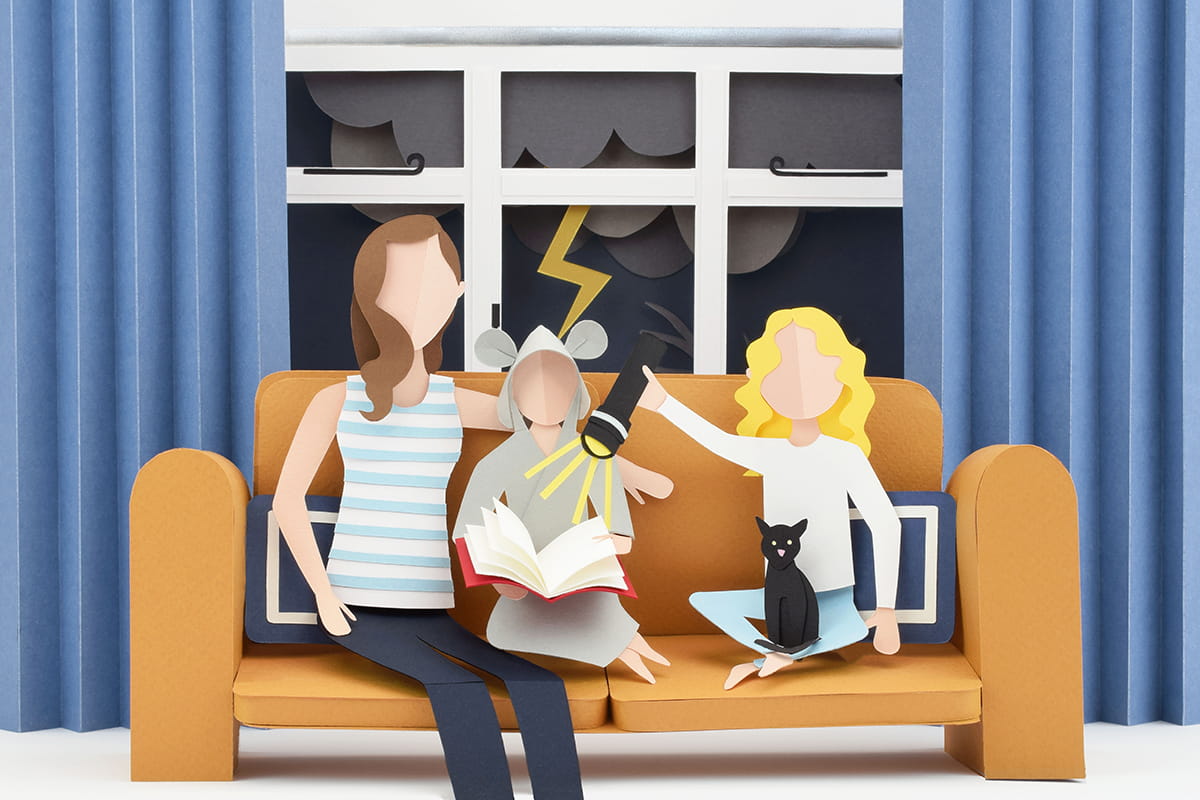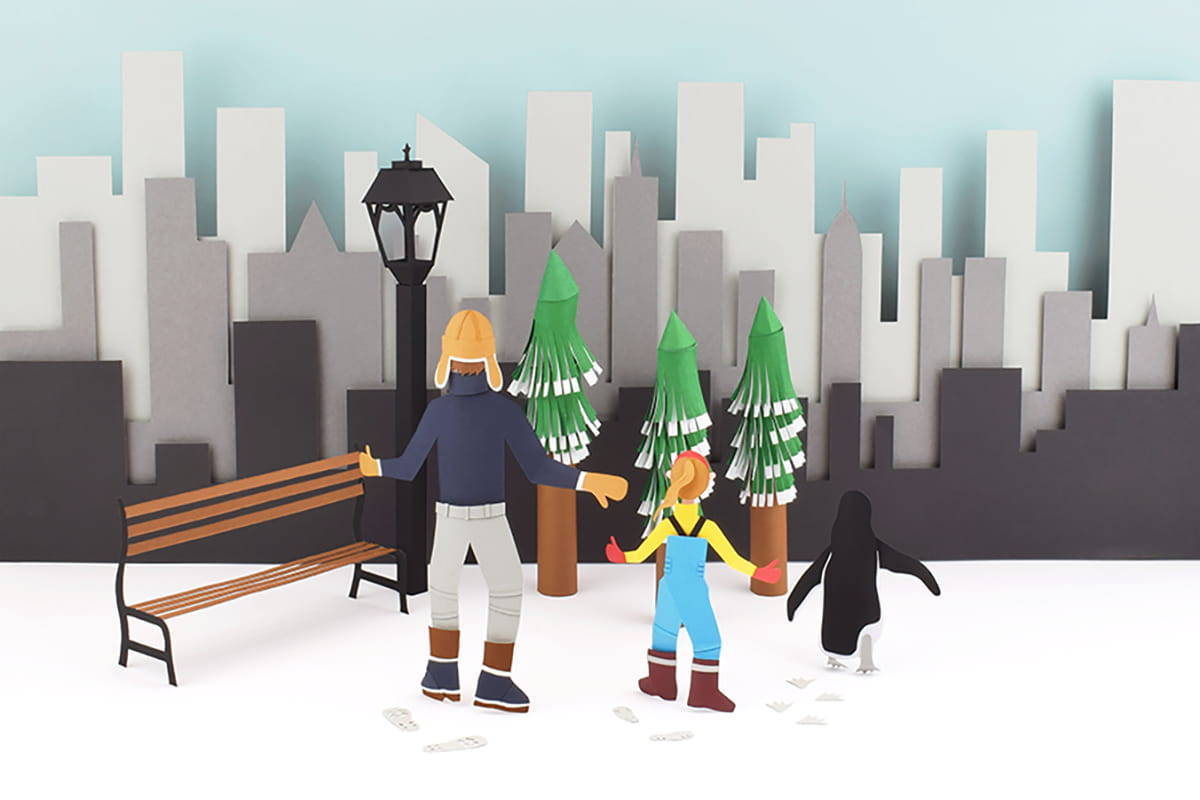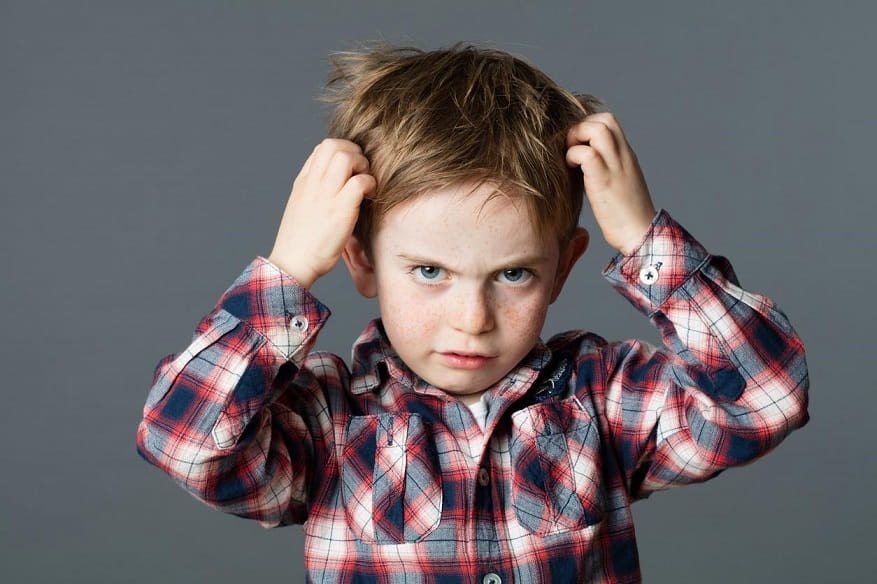This Is Just a Drill: An Emergency Preparedness Plan for Families

Of course, we all know we should be creating a family emergency plan. Tornados, snowstorms, floods, earthquakes: These could leave any us without electricity, water, or communications for days. And yet, if you’re like many of us, family emergency preparedness may be one of those things on your to-do list…that somehow never quite gets done.
You can do it!
Yes, it takes a little time. But we want all of our families with young children (and families everywhere) to be ready for the unexpected and to stay safe. When you’re prepared, it’s easier to stay calm, cool, and collected—exactly what your child will need to, well, weather any storm.
Luckily, agencies like FEMA, the CDC, and the Red Cross all have easy-to-follow materials to help your family get ready. Here are three practical—and totally doable—ways to get started. Take a look:
1. Make a Communication Plan
If you have young children and family members who are working and playing in different locations during the day, you may not be together when emergencies arise. That’s why each member of the family should know where to go, who to call, and what to do.
- Do this: Fill out a family emergency communication plan and go over it with your family. Templates are readily available online from an agency like FEMA or the Red Cross. Among the things you’ll need to think about? Two different meeting places and key emergency contacts—including an out-of-state emergency contact. Phone lines in an emergency area may be down or busy, and it may be easier to connect with someone outside of your region.
- Have young children in school? Do this: Check out the Emergency ABCs from the Centers for Disease Control. This easy-to-follow document shares questions to ask your school and provides a “Backpack Emergency Card” you can fill out and put in your child’s school bag. (A fantastic idea!) After all, if you have kids, emergency preparedness for children is probably high on your list.
- Do this: Download the American Red Cross Disaster apps from iTunes or GooglePlay. The “I’m Safe” notification, shareable through social media, lets friends and family know you’re all right. The apps can also send alerts for your area, help you make an emergency plan, and tell you exactly what to do when, say, a tornado touches down.
2. Build an Emergency Supply Kit
You might not have access to food, water, or electricity for several days—and during emergencies, stores may sell out of supplies.
- Do this: Buy yourself a large tub and gather your supplies. FEMA has an easy-to-follow list of emergency-kit items that should go in it, from a three-day supply of food and water to baby supplies, medicines, and even games to entertain the kids. You can get your kids involved, too: This child-friendly emergency kit checklist featuring a cute pup named Ready Wrigley makes it fun for children to help you collect the items you need.
3. Make a Home Plan
Different emergencies require different responses and courses of action. Learn which emergencies your community is more likely to experience and practice a variety of emergency drills at home to ensure all of your family members know what to do.
- Do this: Know the best way to respond to any emergency by reading through the CDC’s handy disaster-preparedness sheets that are relevant to your area. Not sure what to expect in your region? Check with your Local Red Cross chapter or Emergency Management Agency for more information.
- Do this: Make sure every family member knows exactly where to go and what to do in case of a specific emergency. For example, during an earthquake, you will need to “drop, cover, and hold on” under a sturdy desk or table: With your child, find the best place to go in your home and practice together. Keep it fun and positive by focusing on preparation (no need to share worst-case doomsday scenarios). Periodically ask your child what they would do to make sure they know the drills and escape routes.
- Do this: Learn how and when to turn off the water, gas, and electricity at the main shut-off locations—and keep the tools needed to shut them off nearby.
Emergency Preparedness at KinderCare Learning Centers
When it comes to disaster preparedness, we follow the Plan, Prepare, and Practice (and more Practice) approach. The role of families? If any phone number, address, or email changes, let us know about it so we can reach you if we need to! Here’s a snapshot of just some of the things we do to keep our children and communities safe:
- We complete one fire drill and one disaster drill every single month so staff and children are well-prepared for any unexpected event.
- Every center keeps and maintains emergency kits for each classroom as well as emergency bags to take to the center’s evacuation locations.
- Every center creates and maintains an Emergency Plan Binder that contains an emergency action plan, evacuation route maps, on- and off-site evacuation locations, and a family communication plan.
- We keep ample emergency supplies of food and water at each site.
- We weave safety lessons throughout our curriculum so children can begin to think about safety themselves.




